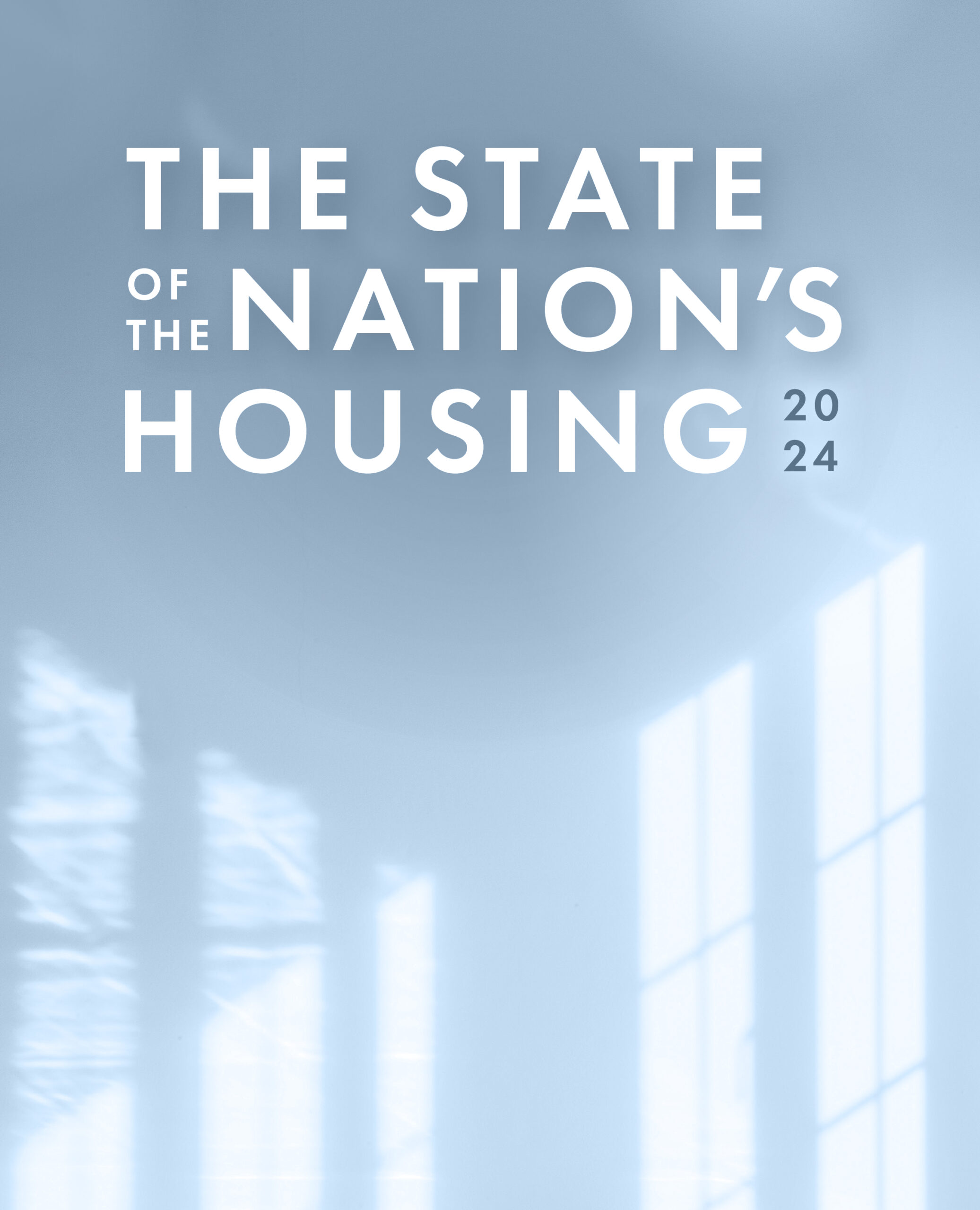The Harvard Joint Center for Housing Studies released their annual State of the Nation’s Housing report this month. This year’s report highlights significant trends, ongoing challenges, and policy recommendations essential for addressing the evolving housing landscape. Here’s a detailed look at the most critical changes and findings from the past year.
Market dynamics and construction trends
The housing market experienced substantial shifts in 2023, reflecting both opportunities and obstacles. Single-family home construction showed remarkable resilience, increasing to an annualized rate of 1.06 million units by the end of 2023, despite higher interest rates. Meanwhile, multifamily starts fell by 14%, with the annualized rate dropping sharply from 531,000 units in early 2023 to 343,000 units in the first quarter of 2024. Despite slowing starts, the multifamily market continued to have record-high completions, with 449,900 new units entering the market in 2023, a 22% increase from the previous year. This mismatch points to potential future supply dynamics.
The degree to which housing prices accelerated despite a potentially cooling economy post-pandemic was one of the surprises that caught economists off guard, and also helped the country achieve a soft landing rather than a recession. This fact also underscores how important and inelastic housing is, and how it is becoming even more important with work-from-home.
Affordability and homeownership challenges
Affordability remains a cornerstone issue for both renters and homeowners — the number of cost burden homes has hit a record high and is found across households of all incomes. The inventory of homes for sale is critically low, with only 1.1 million homes available as of March 2024, down from 1.7 million in March 2019. This scarcity is partly driven by the “lock-in” effect, where homeowners with low-interest mortgages are reluctant to sell, thereby reducing the available stock. Additionally, the trend of investors purchasing single-family homes has intensified competition, further constraining supply.
One silver lining is that in places that have achieved new construction, the new rental units are providing some relief for rising rents. However, as noted, homeownership is increasingly out of reach for many.
Racial disparities and housing equity
As of early 2024, the homeownership rate for Black households stands at 46.6%, and for Hispanic households at 49.9%, compared to 74.0% for White households. The affordability crisis exacerbates these disparities, with fewer Black and Hispanic renters able to afford median-priced homes compared to their White and Asian counterparts.
Climate change
60.5 million housing units are in areas with at least moderate risk from natural hazards such as hurricanes, floods, and wildfires. Despite the urgent need for climate adaptation measures, most current policies focus on post-disaster recovery rather than proactive mitigation (or migration, for that matter). Enhancing housing stock resilience through energy efficiency upgrades, electrification, and renewable energy installations is essential. The Inflation Reduction Act, with its substantial funding for energy improvements, marks a significant federal effort towards this goal.
Policy and future outlook
The report emphasizes the necessity of policy innovation to address housing affordability and resilience. Local and state governments are encouraged to experiment with regulatory reforms and incentives to boost affordable housing supply. Moreover, the private rental market’s inability to meet the needs of all renters highlights the need for a robust housing safety net and expanded federal rental subsidy programs. By addressing these critical areas, we can work towards ensuring that every household has access to safe, affordable, and stable housing.
